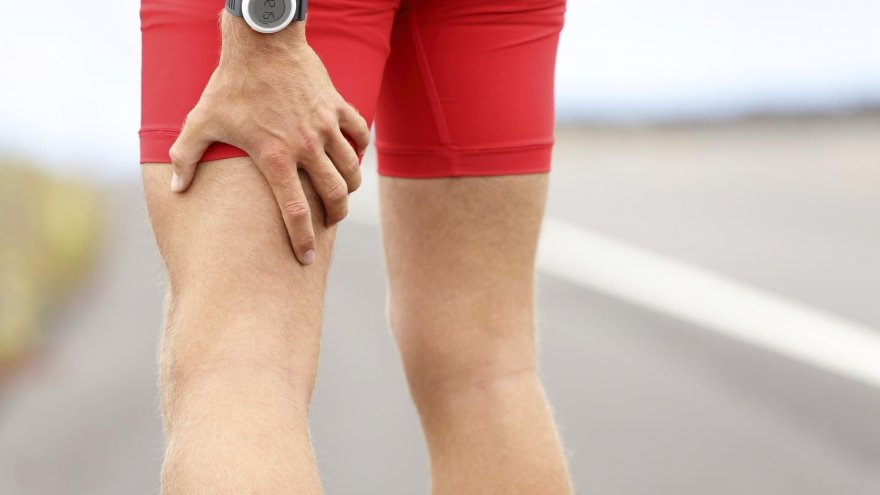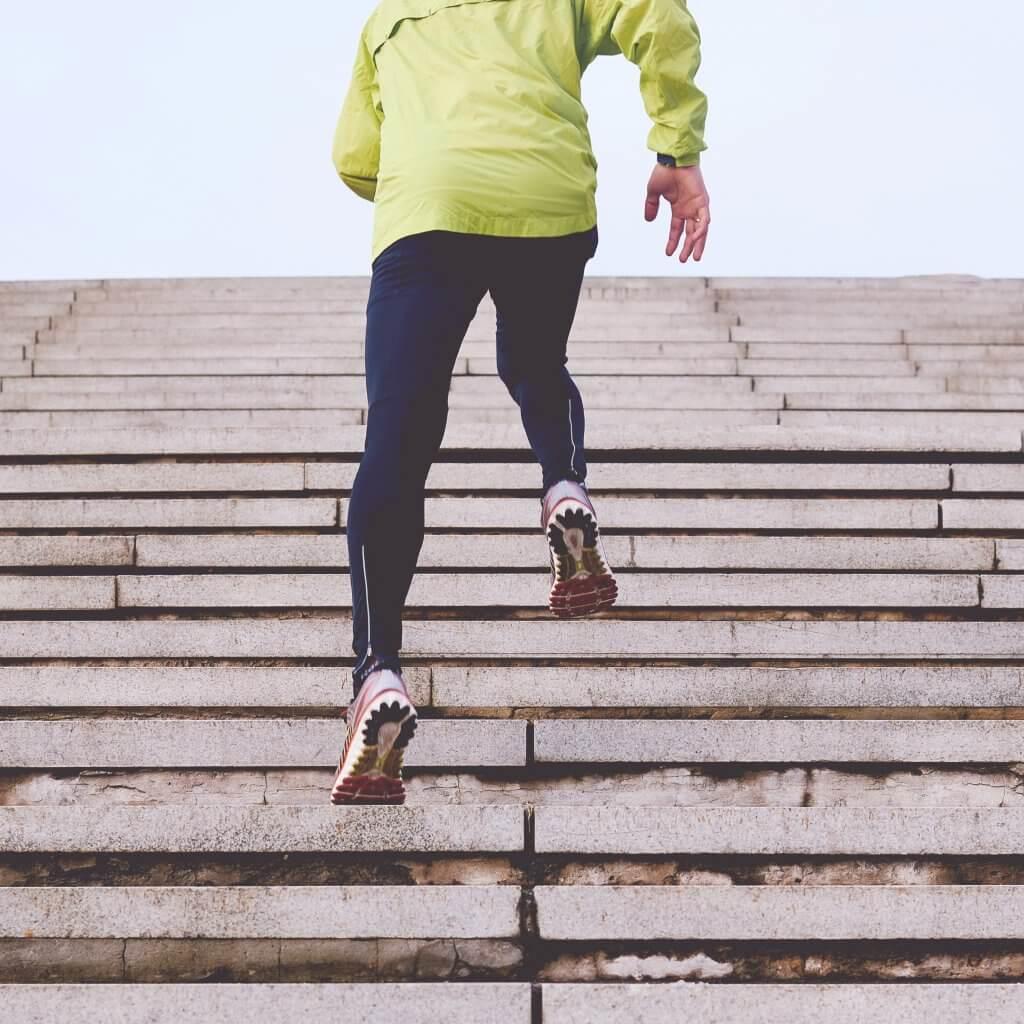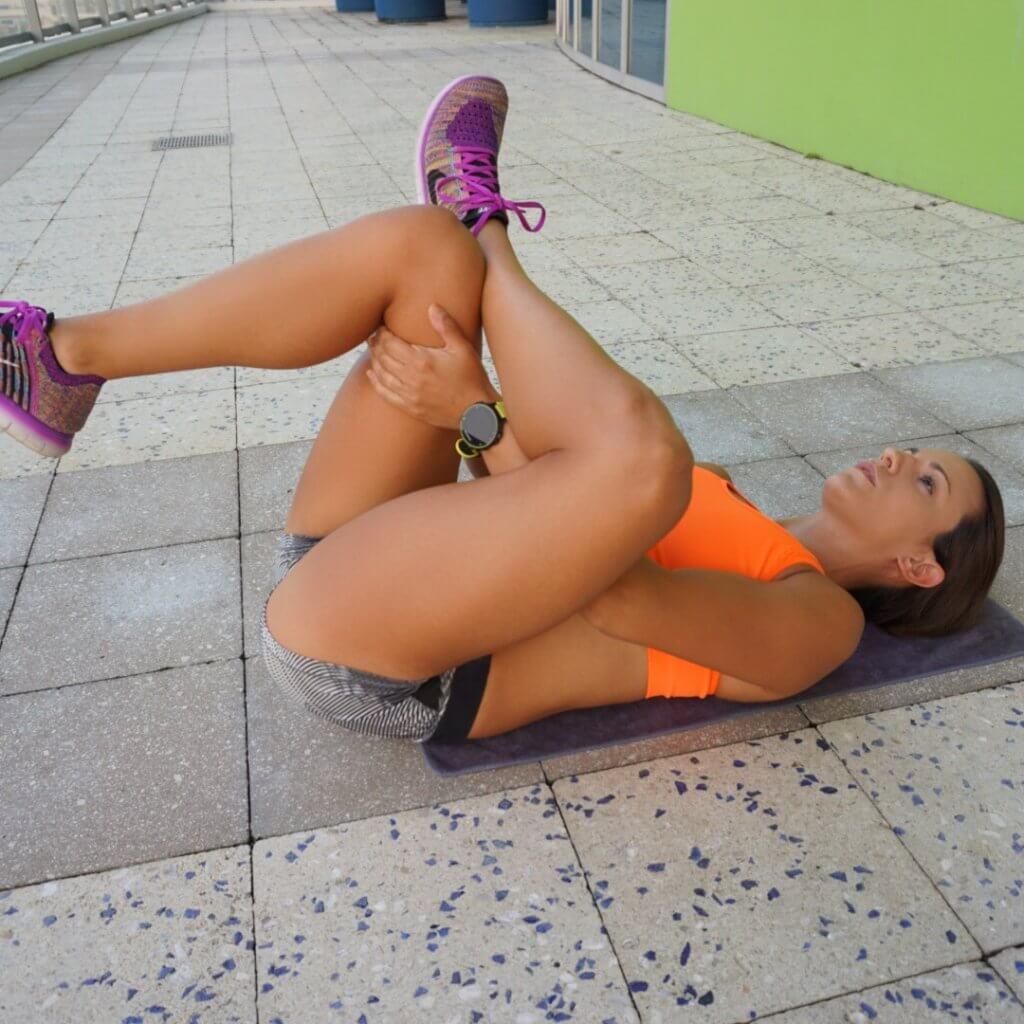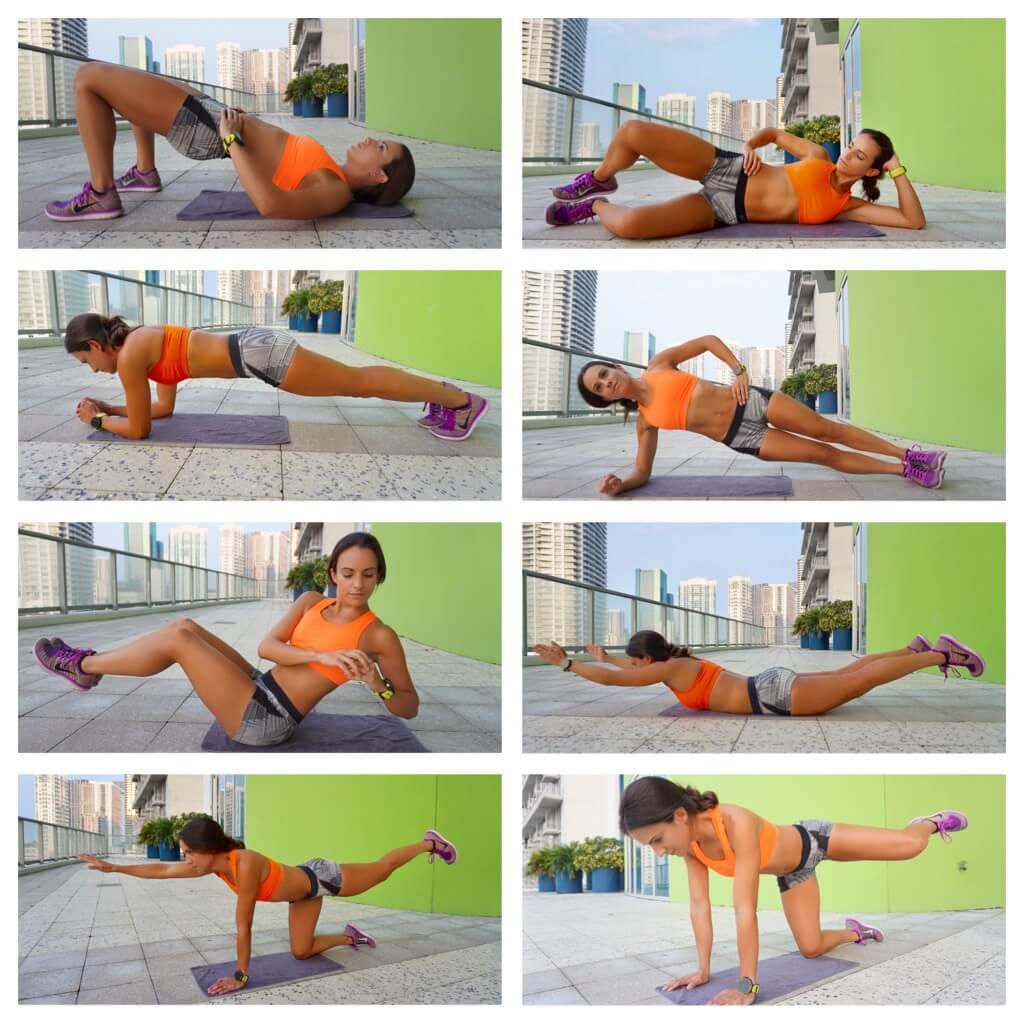What is Piriformis Syndrome?

Piriformis Syndrome is a common diagnosis in the general population, and a good percentage of that number are runners. The main complaint is a nagging, shooting pain in the center back of the hip that may or may not travel down the back of the thigh. Many cases may also experience a numbness or tingling sensation. The pain is usually felt after a certain distance of running, climbing stairs, or sitting for a long period of time.
What is the Piriformis Muscle?
The piriformis muscle is located deep underneath the gluteus maximus muscle. It originates in the spine and connects at the top of the thigh bone. It is responsible for outwardly rotating the leg and is most activated during the stance phase of running, where the leg needs to be controlled from buckling inward. The impact of climbing stairs, running uphill, and making quick turns are examples of movements that may overwork the piriformis muscle. When this muscle becomes overused, tight and inflamed, it impinges on the sciatic nerve, which is in close proximity. This nerve-pinching is what leads to numbness, tingling, and eventually weakness in the leg muscles that are controlled by the sciatic nerve.

Most runners who experience symptoms of piriformis syndrome will ignore their pain since it is not constant and begins as a short-lived pain. At first, simply stretching and icing may relieve the pain to tolerable levels, but gradually the length and intensity will worsen if the cause is not addressed.
Causes
In the marjority of athletic cases, piriformis syndrome arises from weakness in the gluteal muscles, leading them to fatigue more quickly and tighten up, pressing against the piriformis muscle. The piriformis muscle is a small, thin muscle compared to the rest of the hip muscles that is easily overworked, especially in cases of running at high intensities or high mileage. As mentioned above, many runners experience a short-lived, low intensity pain or tightness that goes away after completing their run. Stretching initially relieves the tightness and most runners then continue to increase mileage and intensity, while maintaining the weakness in the hip muscles. Eventually the problem will worsen with intensified pain levels that last longer and will limit the amount of time you are able to tolerate running.
Another cause of piriformis syndrome in not only runners, but more commonly the general population, is sitting for long periods of time. This prolonged position with significant weight on the gluteal and piriformis muscles weakens the structures and basically causes deactivation of their function. In the case of runners who have sedentary desk jobs, this will cause a great exacerbation of the problem leading to a quicker progression of the symptoms.

Mechanical issues are also linked to symptoms of piriformis syndrome. Runners who overpronate are more likely to develop this condition due to increased hip internal rotation, which tightens up the piriformis muscle. The muscle then becomes overworked since it has to constantly be pulling the leg to outwardly rotate. Other issues such as leg length discrepancies and improper shoes for your foot type are also a cause of symptoms. In about 15% of the population, the sciatic nerve runs through the piriformis muscle, instead of beside it, which increases the risk of developing impingement symptoms.
Treatment & Prevention
As with most injuries, the first step in treatment of piriformis syndrome is rest. Taking some time off of running is important in order to decrease the inflammation in the muscle. During this time, treatment should focus on icing the area and stretching the tight muscles. The time required to be off of running will depend on the severity of pain and if there are any nerve-related symptoms present. Usually when a nerve is affected, the healing time is much slower.

If the cause of your piriformis syndrome is a mechanical issue, correcting running form, shoe type, and posture may be a simple fix for the problem. Most of the time, these mechanical issues that are the original cause of the symptoms have also lead to weakness and tightness in the hip muscles, and therefore a strengthening and flexibility program need to be incorporated as well.
The glute and piriformis muscles are the primary focus for stretching. The basic bent knee to chest stretch while laying flat targets the gluteal muscles. Shifting the knee to the opposite shoulder while pulling towards the chest will create a deeper stretch for the piriformis muscle. Below is a more effective way to target the piriformis. Tightness in other structures such as hamstrings and the iliotibial band (IT band) may cause improper running mechanics, leading to symptoms of piriformis syndrome. The best option for loosening up tight gluteals, hamstrings, or the ITB is the use of a foam roller. Using a tennis ball rather than a foam roller will hit the piriformis muscle much more effectively.

Strengthening exercises are the next step in treatment. One of the best exercises that isolates the piriformis muscle is clamshells. This is done in a side-lying fetal position, making sure to keep ankles, hips and shoulders aligned. Keeping the ankles together, lift the top knee up and hold for 5-10 seconds. Repeat 10-15 repetitions on both sides. The fatigue should only be felt at the site of the butt pain. It is ideal to perform this exercise first and follow it with the piriformis stretch mentioned above. Other strengthening exercises that are important to incorporate are ones that target the gluteals and hamstring, along with the rest of the core muscles. Below you will find a few examples, including the clamshells.

Diagnosing piriformis syndrome is tricky in many cases due to the fact that many individuals wait too long to take care of it. Once the inflammation and/or tightness begins to impinge on the sciatic nerve, it becomes difficult to differentiate between the other causes of sciatica, such as a herniated disc in the spine, spinal stenosis, or spasm in another muscle group. Paying attention to symptoms and getting diagnosed from the start will expedite healing and decrease the risk of having to take time away from running.
Sources
- , Piriformis syndrome and low back pain: a new classification and review of the literature., Publication
- , The sciatic nerve and the piriformis muscle: their interrelation a possible cause of coccygodyni, Publication
- , Diagnosis and Management of Piriformis Syndrome: An Osteopathic Approach, Publication
Latest Articles
 Is Running on a Treadmill Easier Than Running Outside?Runners have their own preferences, whether it is treadmill running, running outside on the road, or exploring trails. So...
Is Running on a Treadmill Easier Than Running Outside?Runners have their own preferences, whether it is treadmill running, running outside on the road, or exploring trails. So... Is It OK to Use Trail Running Shoes on the Road?While trail running shoes can be used on roads, especially in situations where a runner encounters mixed terrains or pref...
Is It OK to Use Trail Running Shoes on the Road?While trail running shoes can be used on roads, especially in situations where a runner encounters mixed terrains or pref... How to Fix Sore Quads After Running?Rest, ice, gentle stretching, and over-the-counter pain relievers can help soothe sore quads after running. Also, ensure ...
How to Fix Sore Quads After Running?Rest, ice, gentle stretching, and over-the-counter pain relievers can help soothe sore quads after running. Also, ensure ... 10 Fruits With The Most Electrolytes to Replace Sports DrinksThese fruits are high in electrolytes such as potassium, magnesium, and calcium, essential for hydration, muscle function...
10 Fruits With The Most Electrolytes to Replace Sports DrinksThese fruits are high in electrolytes such as potassium, magnesium, and calcium, essential for hydration, muscle function...

